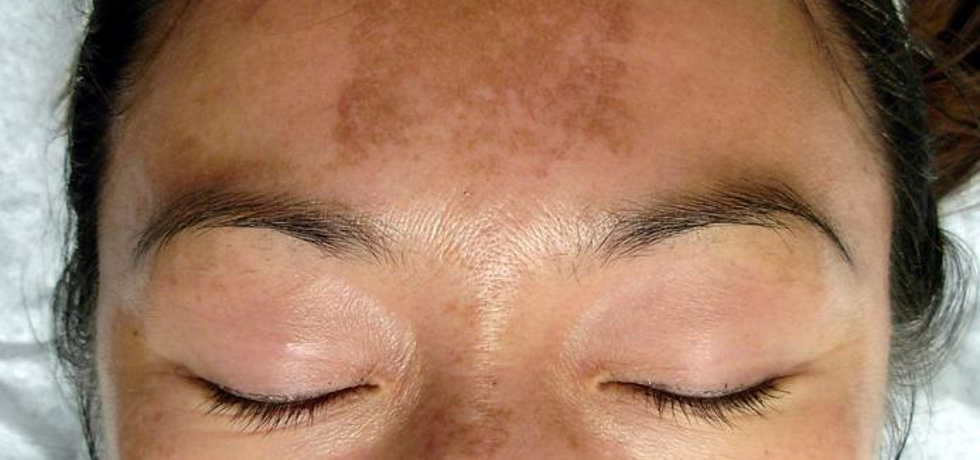
Understanding Melasma: Expert Insights and Treatment Options
Introduction to Melasma
Melasma is a common skin condition that results in dark patches, primarily on the face. While many people experience this form of hyperpigmentation, it is particularly prevalent among women, especially during pregnancy when it is known as chloasma or the “mask of pregnancy.” Whether you’re experiencing melasma yourself or simply curious about this skin condition, understanding its causes and treatment options is essential.
What Causes Melasma?
Melasma occurs due to an increase in melanin production, often triggered by exposure to sunlight, hormonal changes, and genetic factors. The sun’s ultraviolet rays can irritate the skin and exacerbate existing pigmentation. Women aged between 25-55 are the most likely to develop melasma, particularly those who are pregnant or using hormonal contraceptives. Interestingly, darker-skinned individuals are more susceptible to developing this skin condition.
Recognizing the Symptoms
The symptoms typically include discoloration that may appear on the forehead, chin, nose bridge, and cheeks. While melasma doesnt usually come with additional symptoms, the visible effects can lead many to seek treatments. Identifying the symptoms early is crucial in managing and treating melasma effectively.
Diagnosis and Consulting a Dermatologist
Diagnosing melasma often begins with a visual examination. Dermatologists may utilize tools like a Wood’s lamp, which allows them to examine different layers of the skin for any signs of melasma. In some cases, a biopsy might be necessary to rule out other skin disorders that mimic melasma, such as post-inflammatory hyperpigmentation and sun spots.
Treatment Options for Melasma
Melasma treatment can vary greatly depending on individual circumstances. The first and foremost step is to minimize sun exposure as it plays a significant role in exacerbating pigmentation. At The Skin Artistry, seasoned dermatologists may prescribe topical treatments, including creams containing hydroquinone or retinoids to lighten the affected areas. For severe cases, they may recommend procedures such as chemical peels, microdermabrasion, or dermabrasion to improve skin texture and tone.
Protecting Your Skin: Prevention is Key
Beyond treating melasma, preventing its recurrence is just as vital. Regular use of broad-spectrum sunscreen is one of the most effective ways to protect your skin from UV damage, which can exacerbate melasma. Additionally, avoiding sun exposure during peak hours and wearing protective clothing can help maintain skin health.
Conclusion and Actionable Advice
Understanding melasma is an essential step towards finding effective treatment options and maintaining healthy skin. If you notice signs of melasma or experience any distress from hyperpigmentation, consult The Skin Artistrys dermatologists for personalized treatment and care. Early intervention often leads to better outcomes, so don’t hesitate to seek help.
Frequently Asked Questions
Can men get melasma?
Yes, although its less common, men can also develop melasma.
Will melasma go away on its own?
In some cases, melasma may fade after pregnancy or stopping hormonal treatments, but not always. Seeking treatment can be beneficial.
Yes, although its less common, men can also develop melasma.
Will melasma go away on its own?
In some cases, melasma may fade after pregnancy or stopping hormonal treatments, but not always. Seeking treatment can be beneficial.
For professional assistance and expert advice from leading dermatologists like Dr. Hital Patel, experience the benefits of understanding melasma with Hair & Skin Specialist Dr. Hital Patel at The Skin Artistry. Our clinics in PDPU Gandhinagar, Vastrapur Ahmedabad, and Hyderabad (Visiting Consultant) offer top-quality care and personalized treatments. Visit us today to learn more about our services and take advantage of our special offers! For more insights, updates, or to collaborate, stay connected with The Skin Artistry.

